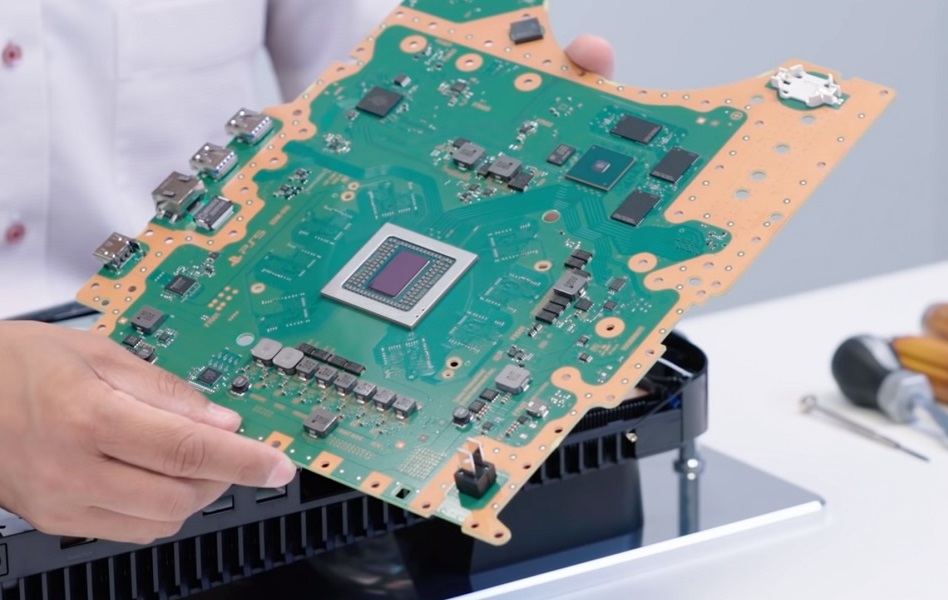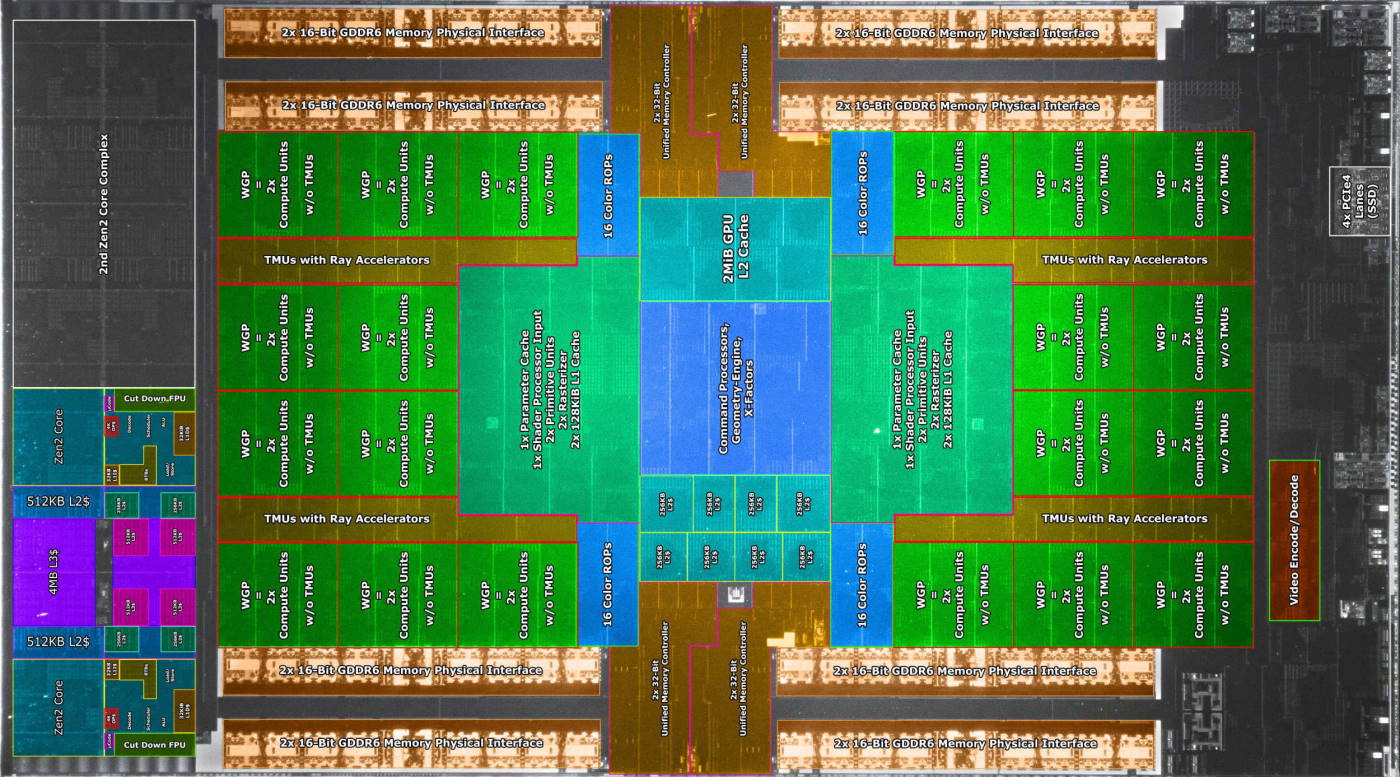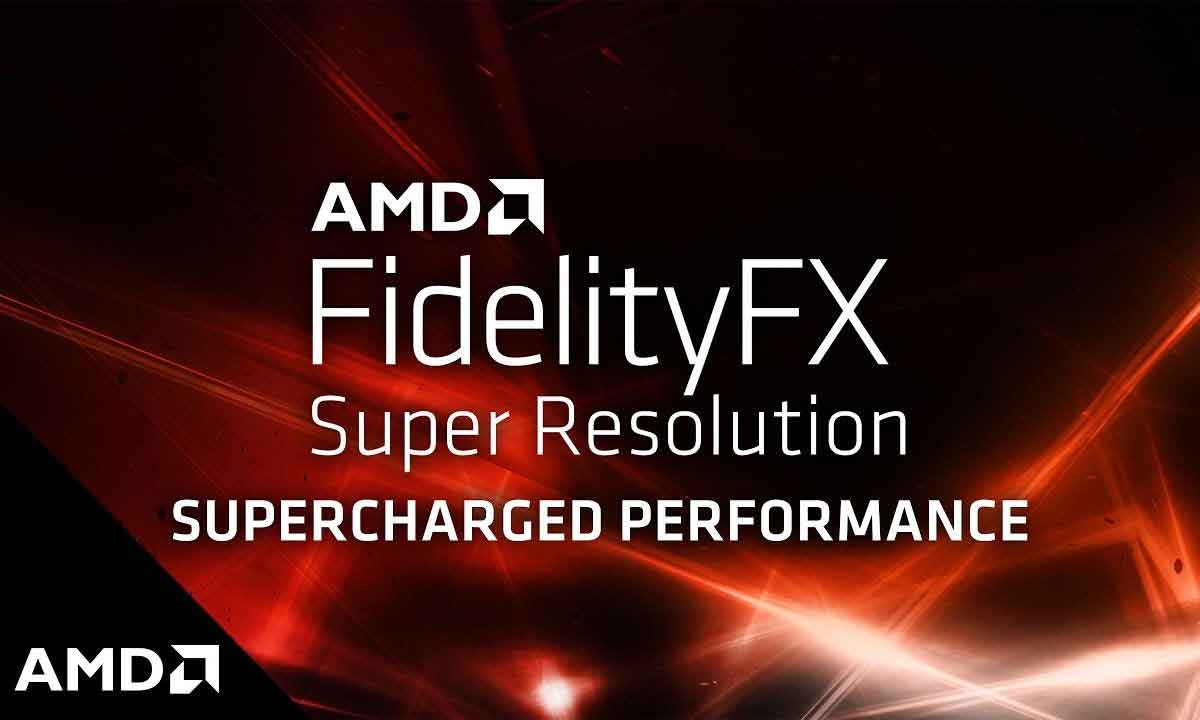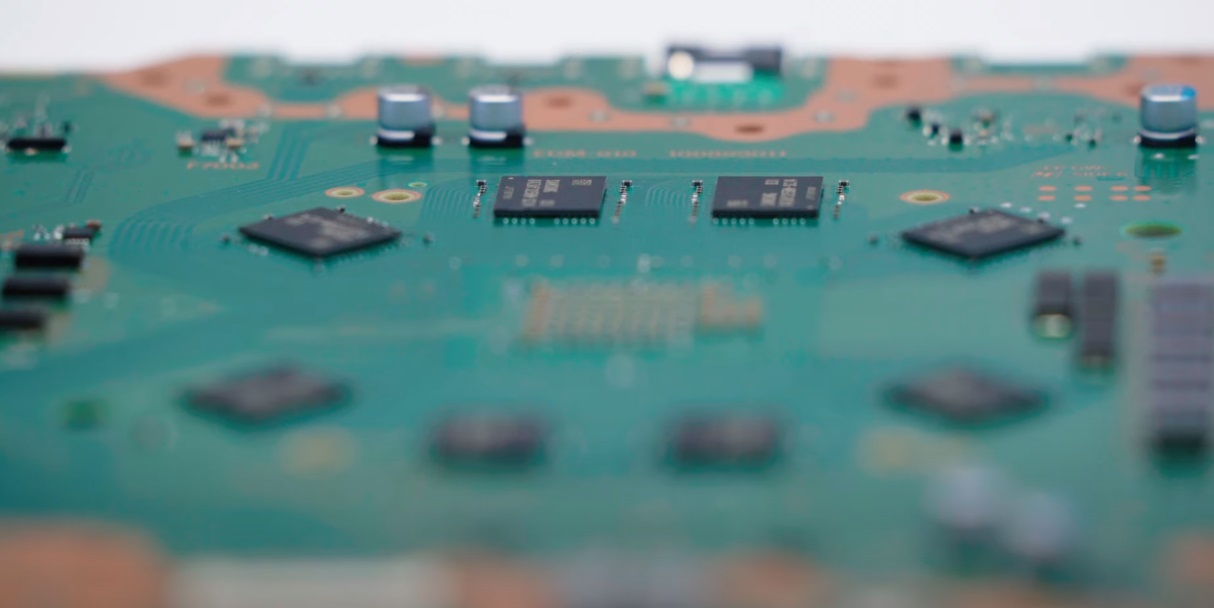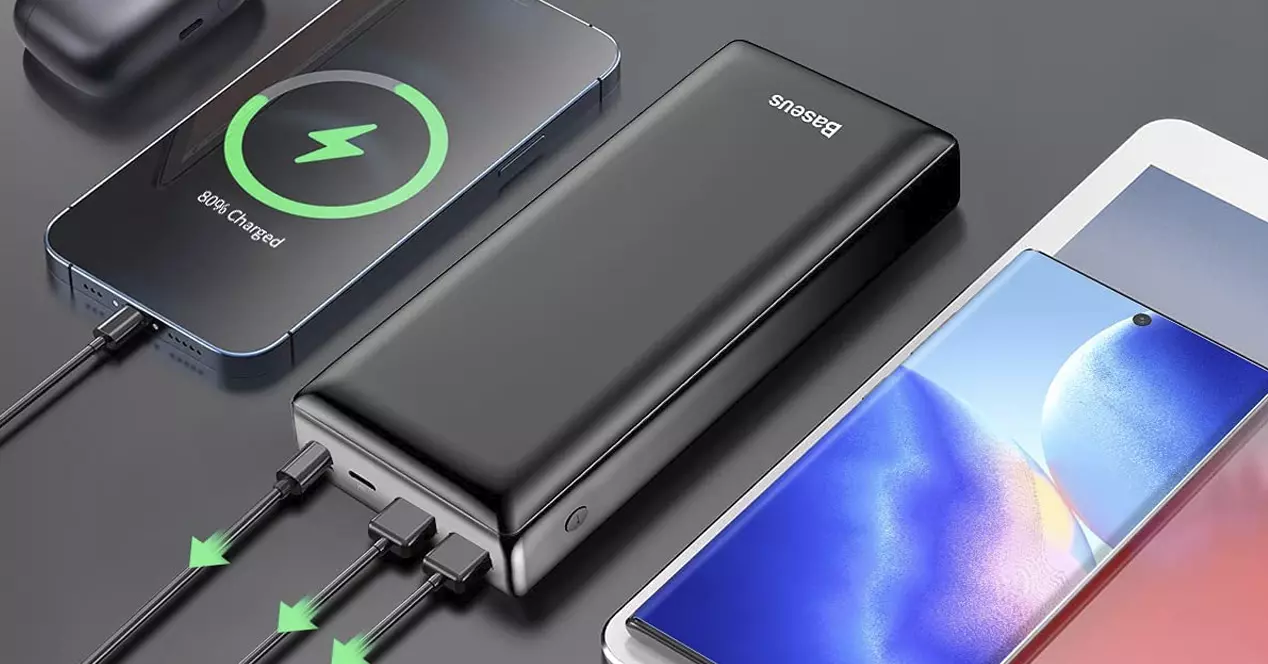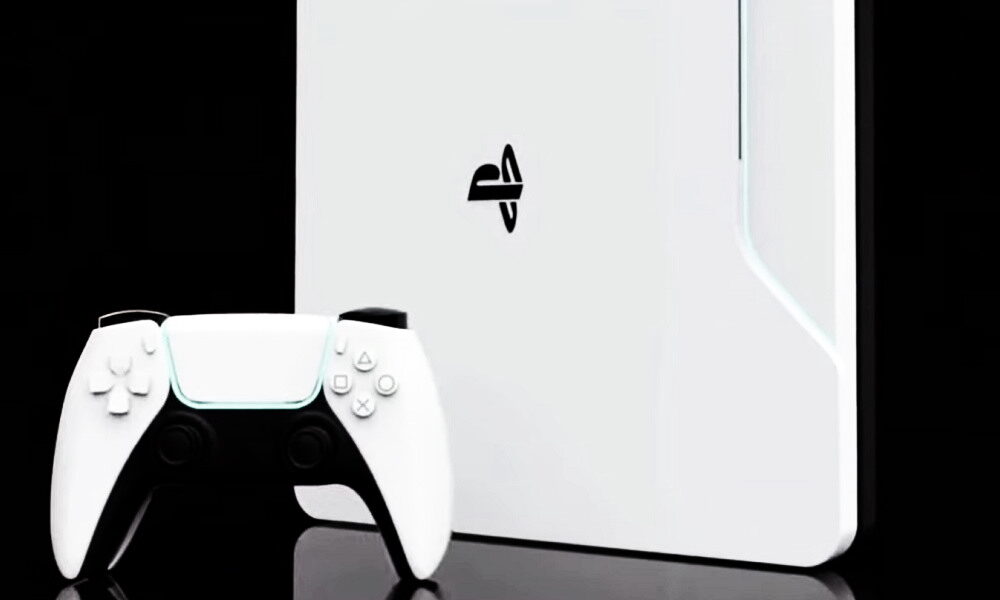
The launch of PlayStation 6 is no longer a mystery, Sony itself dropped that this next-generation console could arrive in 2028, that is, within 6 years, a date that makes a lot of sense since it is equivalent to a total period of eight years since the launch of PS5a console that, as many of our readers will know, arrived at the end of 2020.
As is logical, we still do not have details at a technical level nor do we know the possible specifications that PlayStation 6 will have, but seeing the trend that the sector has followed in recent years and the decisions that Sony has made with PlayStation 5 we can deduce five keys that will be present on that console and that will undoubtedly define the new generation.
Let’s stop for a moment and analyze the evolution that the world of consoles has experienced in the last three generations. PS3 and Xbox 360 were the last two models to feature highly customized and specific hardware that had no direct equivalent on PC, and they were also the last to use a Separate CPU and GPU in different packages.
PS3 had a IBM CELL processor and with an NVIDIA RSX-CXD2991 graphics unit, which was a custom version of the GeForce 7900 GT. It also had specialized memory XDR and with GDDR3. For its part, Xbox 360 used a PowerPC CPU and one Xenos Xenon GPUswhich was the first of its kind to jump to an “early” design of unified shaders.
PS4 and Xbox One represented a radical change, since they opted for a design much closer to that of a conventional PC and used APUs to reduce costs of manufacturing, an approach that has been maintained with PS5 and Xbox Series X, and that will undoubtedly be repeated once again with the next generation of consoles, tentatively known as PlayStation 6 and Xbox Series Next. With this clear, we are going to fully enter to see those five keys that although they are not confirmed make a lot of sense.
1.-PlayStation 6 will repeat the PC-type design based on an APU
And said APU will again be an AMD solution, I am fully convinced of it. The Sunnyvale company has shown with the APUs used in PlayStation 5 and Xbox Series that it is capable of offering Powerful, economical and efficient solutions at a thermal and consumption level. This approach is the most profitable by all standards for Sony, and there is no point in thinking about a possible jump to a design with separate CPUs and GPUs, or a change of manufacturer, ie a jump to Intel or NVIDIA.
with playstation 6 we will see again a configuration of CPU and GPU sharing encapsulation. This will also reduce costs and take up less space on the PCB. On the other hand, we must not forget that repeating PC-like design is key to maintaining the current development modelbased on standardized kits that make things easier for developers and simplify the optimization process.
On the other hand, that PC-like design too will make it still very easy to port PlayStation 6 games to PC, and should simplify backwards compatibility between that console and the current generation. A move to either Intel or NVIDIA could make things very difficult on both fronts, which is why I’m sure it won’t happen.
On this issue, it must also be taken into account that right now NVIDIA does not have a really interesting alternative to AMD APUs on the market. Yes, we could talk about the Orin SoC, but the power of the GPU that mounts that chip is more or less at the level of a GeForce RTX 3050 Mobile, which means that it is inferior to the GPU of the PS5 APU.
2.-PlayStation 6 will once again give priority to the GPU over the CPU
With PlayStation 4 we already saw that the GPU had a dominant position in the packaging, both for space occupied and for power, and it is that said element was much superior to the modest Jaguar CPU that mounted said console. This reality was repeated with PlayStation 5, and we will see it again with PlayStation 6.
It is not a difficult subject to understand, in the end the consoles are specialized video game systemsand this specialization, together with the limitations that an APU presents in terms of space at a thermal level, consumption and space in the silicon, make it necessary to prioritize resources and give greater weight to the GPU, since in the end it is the which will have the biggest impact on gaming performance.
PlayStation 6 will use a next-generation Radeon GPU, and it will occupy most of the available space at the silicon level and the available power and thermal resources. It is still too early to talk about architectures, but given the dates and seeing the pace of development that AMD has maintained, I think it is likely that the PlayStation 6 GPU is between two and three generations above of the Radeon RX 7000.
If this forecast is fulfilled, we would be talking about the RDNA5 or RDNA6 architecture, and a next-generation manufacturing node that could go below 3 nm. In the end, using such a low node would improve energy efficiency and performance, but would mean increasing the density of transistors in a very small space, and this would complicate cooling tasks, since more heat would be produced in a smaller area and it would be necessary to speed up the heat transfer. It is something that we have already seen with the Ryzen 7000.
3.-PlayStation 6 will be better prepared to work with ray tracing
There is no doubt that ray tracing has ceased to be the future of video games to become the present. Both PlayStation 5 and Xbox Series X have cores capable of accelerating said technology, but the performance they offer not really up to parand this is noticeable both in performance and in the limitations that developers must adopt when implementing said technology.
Dying Light 2 is one of the best examples, as said game barely moves at 1080p with 30 FPS when ray tracing is enabled, and ray tracing is limited to shadows and ambient occlusion, while on PC it is used in ray tracing as well. reflections and lighting. The difference that ray tracing makes is very bigand it is clear that current consoles are not capable of working with this technology optimally.
That reality should completely change with PlayStation 6 and Xbox Series Next. For when the next generation of consoles is released Ray tracing will already be a standard in the world of video gamesand having specialized hardware capable of moving this technology without problems will be a fundamental requirement on both consoles.
AMD has significantly improved ray tracing performance with its RDNA3 architecture, so we have reasons to be positive and to think that the next generation of consoles will be at another level in this regard. All in all, we must be realistic and be clear that in the end we are talking about APUs, that is, CPU and GPU solutions in the same package, and therefore we should not expect performance to match a separate CPU and GPU configuration.
4.-PlayStation 6 will use new generation AMD FSR rescaling
The FSR 2.1 is already a reality in Cyberpunk 2077 for PS5, Xbox Series X and Xbox Series S, and the results that CD Projekt RED has obtained with this upscaling technology have been quite good, both in terms of performance and the impact it has had on image quality, which has improved significantly, and has also reduced graphical glitches in complicated elements, such as hair for example.
This first introduction of the FSR 2 is just a prelude to what’s to come. Consoles have been resorting to rescaling for some timeand dynamic resolution, to improve performance and try to minimize the loss of image quality, and this AMD technology is undoubtedly a very interesting solution that allows developers to raise the bar without too much effort.
Rescaling implies render at a lower resolution than the target and “fill” the pixels that have not been rendered using different techniques. FSR 2 is a rescaling that uses spatial and temporal techniques, and although it does not reach the level of NVIDIA’s DLSS 2, it is capable of offering a substantial improvement over other previous rescaling techniques, it is cross-platform and free.
I’m pretty sure that with the release of PlayStation 6 and Xbox Series Next we will see the implementation of the next generation AMD FSR technology. I can’t specify anything beyond what I said because there are still six years to go, and because that period of time is more than enough for AMD to release several major revisions of said technology, so right now we can only wait. All in all, it is clear that the quality and performance improvement it will offer will be much greater than we have with the current version.
5.-PlayStation 6 will have more memory and faster storage
It is clear that the next generation consoles are going to have a greater amount of unified memory, and also with faster storage units. With PlayStation 4 and PlayStation 5 the amount of unified memory was doubled, since the first one had 8 GB and the second one comes with 16 GB. It also improved bandwidth with the jump from GDDR5 memory to GDDR6 memory.
Starting from that base, I think it is most probable that PlayStation 6 comes equipped with between 24 GB and 32 GB of unified memoryAlthough I lean more in favor of the second option. This configuration will allow the development of video games with larger, more complex and rich worlds, and will also open the doors to the use of higher quality textures.
keep a layout unified memory will continue to be the model to follow because it is the solution that better results offers to developers. They can choose how the amount of memory they have available for games is distributed, and the CPU and GPU can access it without the limitations imposed by the classic distinction between RAM and VRAM that exists in PCs.
As regards the storage unit, we do not expect a large increase in total capacity, but we could see a noticeable jump in transfer speedsince we are talking about a launch in 2028, and by then the storage units PCIe SSD at more than 10,000 MB/s They will already have been standardized.
The transition from PlayStation 4 to PlayStation 5 it’s being very slow and I don’t think this situation will change with the arrival of PlayStation 6, especially if Sony releases a “Pro” revision of the current model, configured with a more powerful APU and with a little more unified memory. I have already told you about that possible PlayStation 5 Pro, and the latest information that I have been able to see continues to point to 2024 as the release date.
With this in mind, we can almost take for granted that even if PlayStation 6 ends up arriving in 2028, the life cycle of PlayStation 5 and PlayStation 5 Pro It won’t end until a couple of years laterAt the very least, which is precisely what is happening in the current generation, where PlayStation 4 and Xbox Series still have a strong presence in the development of new games due to their huge user base.
